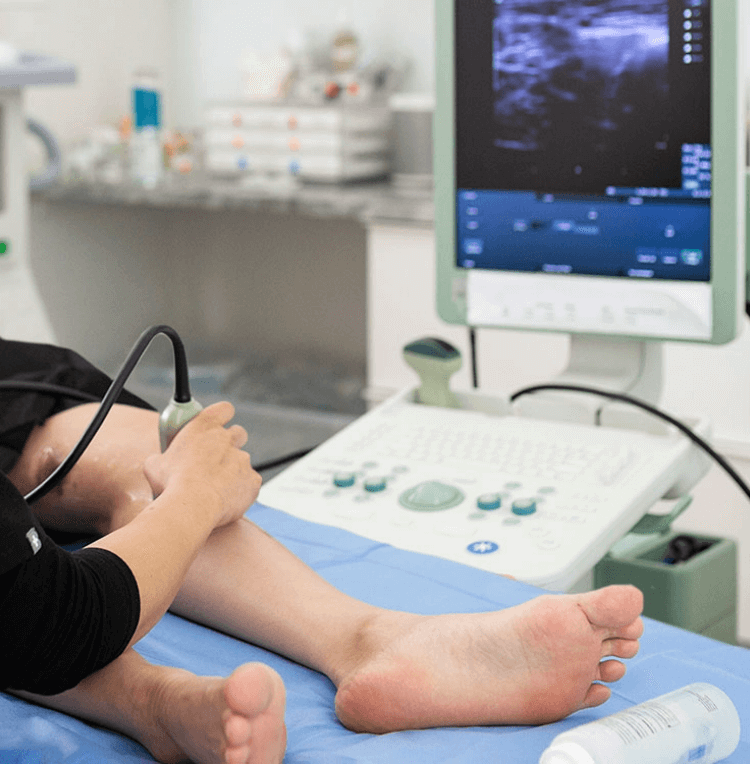Varicose veins are one common problem in many people, a painful condition that causes life-threatening risks. If suffering from varicose veins, treatment is a must to cure the disease. These vein bulges usually occur in your legs, feet, and ankles. It can be painful or itchy for some people and just a cosmetic problem for some.
Therefore, you can treat varicose veins. What are the Treatment Options for Varicose Veins? Here are some of the options to treat varicose veins.
Thermal Ablation for Varicose Veins
Varicose vein surgery, called thermal ablation, was created to cure vein disease by replacing vein stripping surgery. During this procedure, a small catheter is placed inside the vein.
The surgeon covers the vein with a substance known as tumescent anesthesia, which absorbs any heat that escapes the vein. Because this fluid contains a painkiller, individuals only experience minor discomfort during surgery. This anesthetic fluid also reduces the risk of heat around the nerves or the skin in the treatment area.
The surgeon treats the vein's inner lining with the catheter using heat, and as a result, the vein is reabsorbed by the body. Following this operation, patients typically don't take off their compression stockings for a week.

During the past ten years, our specialists at Inovia Vein Specialty Centers have completed this treatment more than 4,000 times.
This has become one of the most widely used procedures for treating varicose veins in Oregon and the rest of the US.
VenaSeal
It is a procedure to treat varicose veins using adhesives to close off leaky veins.
This procedure is called VenaSeal the surgeons use surgical adhesive similar to super glue to close the infected vein.
Like the thermal procedures, the surgeon places a catheter in the leaky vein and advances up the superficial veins. The surgeon then places tiny adhesive droplets in the vein and removes the catheter from the body. With this technique, no need for tumescent anesthesia, nor is compression therapy after the procedure. Because the surgeon does not use heat to close the vein, there is minimal skin or nerve injury risk as a procedure complication. Patients can return to work the day of the procedure and return to regular activity a day or two after the procedure.
Many people ask about Are Varicose Vein Treatments Covered by Insurance? Many insurance companies around are starting to cover this procedure. You can ask your doctor if they cover the insurance.
Varithena
Sclerotherapy is a systematic method for treating tiny, medium-sized, and prominent varicose veins. Varithena is a specialist sclerotherapy solution to treat varicose veins.
This premium foam sclerotherapy closes varicose veins more effectively since it maintains its confirmation for longer. This technique injects foam bubbles through a catheter into the vein, causing the veins to spasm and close.
This method works best for individuals with winding veins or those who have already experienced vein clots, which makes it more challenging to pass a catheter up the vein.

Clarivein
Another innovative treatment to treat varicose veins that do not involve injecting fluid around the vein is Clarivein.
A catheter is put inside the vein and progresses up the leaky vein during varicose vein ablation both before and after this treatment. A metal wire is advanced at the varicose vein's higher end, and this wire's 3000 RPM rotation harms the vein's inner lining.
The surgeon injects a chemical into the vein as the catheter is being removed, further harming the vein's inner lining and causing the vein to close.
In Conclusion:
If you have varicose veins symptoms, talk to your doctor and get the best treatment option. Book an appointment now!
Article source : https://www.spiceupblogging.com/what-are-the-treatment-options-for-varicose-veins/






